Plumbing emergencies have a knack for showing up unannounced, turning an ordinary day sideways in minutes. A burst pipe at 2 AM or an overflowing toilet just as guests are knocking—yeah, that’s a recipe for chaos and some serious damage.
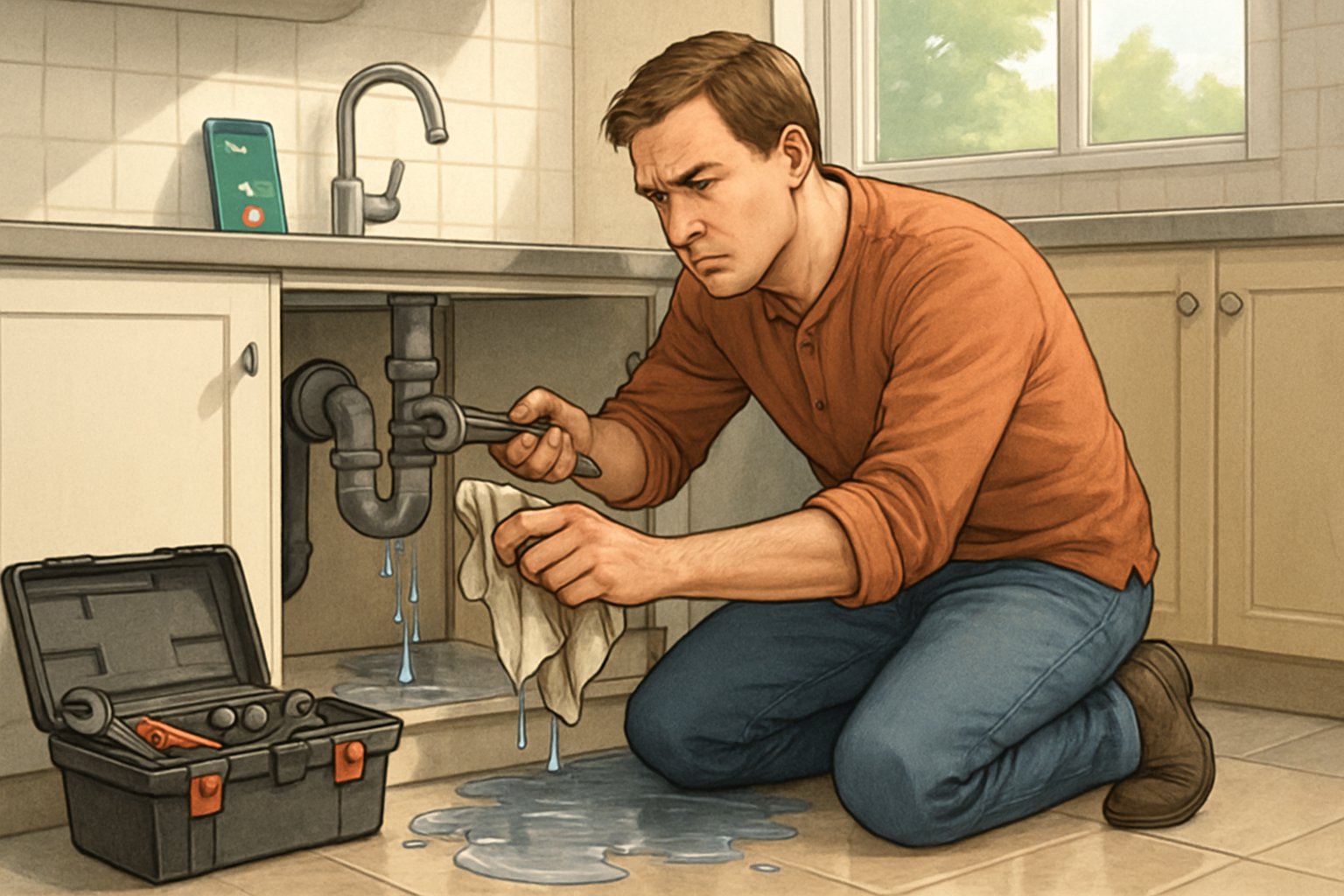
While calling a plumber is the smart move, those first few moments matter most. If you know what to do, you could literally save thousands in repairs.
Act fast to stop the water, check the damage, and take a few simple steps—this makes all the difference. Panicking or trying to fix things you’re not trained for? That usually makes things worse.
If you can stay calm and focus on containing the mess, you’ll be in much better shape by the time the pros arrive.
Need a Home Fix – Emergency or Routine?
From leaks and no-heat nights to simple tune-ups, our 24/7 hotline connects you with trusted local pros in minutes.
This guide covers what homeowners should know when plumbing goes haywire. We’ll look at how to spot the problem, shut off the water safely, and keep things under control until help shows up.
Key Takeaways
- Shut off the water supply right away to stop flooding and limit damage.
- Focus on containing the mess and protecting your stuff—don’t try to make permanent fixes.
- Skip risky moves like dumping chemicals down drains or tackling big repairs on your own.
Assessing and Identifying Common Plumbing Emergencies
Spotting plumbing trouble quickly helps you act before things get out of hand. Some issues are urgent, others can wait, but knowing the difference saves you stress and money.
How to Recognize Urgent Plumbing Problems
Water damage indicators are your first clue. Watch for water pooling, stains on walls or ceilings, and weird noises from pipes.
A burst pipe is usually obvious—water spraying from pipes or walls, a sudden drop in water pressure, or the water meter spinning when all taps are off.
Gas smells near water heaters or gas lines? Get out and call the pros right away.
Temperature changes can tip you off too. Cold water from the hot tap often means a leaky water heater. If nothing comes out of several fixtures, you might have a main line issue.
Electrical hazards crop up fast when water gets to outlets or panels. If you hear buzzing, see sparks, or spot wet electrical stuff, act immediately.
Structural damage signs include:
- Floors warping near sinks or appliances
- Soft spots in walls
- Paint or wallpaper peeling
- Musty smells pointing to hidden leaks
Types of Plumbing Emergencies You Might Face
Burst pipes can happen from freezing, old age, or crazy water pressure. They flood homes fast. Copper pipes sometimes show green stains before they go, while plastic ones might bulge first.
Sewer backups are a nightmare. Raw sewage comes up through floor drains or toilets, and you’ll notice strong odors or gurgling sounds.
An overflowing toilet spreads dirty water everywhere. It’s usually a clog, a sewer line problem, or busted parts. If more than one toilet backs up, suspect the main line.
Leaking water heaters waste energy and soak your floors. Rust, corrosion, or loose connections are common culprits. If the tank leaks from the bottom, it’s probably on its last legs.
Clogged drains get serious when water backs up into your home. Kitchen sinks that back up into dishwashers spread grease, and bathroom drains can overflow, making a mess.
Gas line leaks are dangerous. Listen for hissing, look for dead plants near lines, or notice sulfur smells.
When to Call for Emergency Plumbing Services
Some situations can’t wait. Active flooding, gas leaks, or sewage backups mean you need help now. These get worse fast and put health and property at risk.
For burst pipes, failed water heaters, or totally blocked drains, go for same-day service. You might have time for a quick patch, but don’t wait too long.
If you’ve got a slow leak, a problem with just one fixture, or a minor clog, next-day service is usually fine. These aren’t emergencies, but don’t ignore them for long.
Call a plumber right away if:
- Water is somewhere it shouldn’t be
- Several fixtures stop working
- You smell sewage inside
- The water heater leaks or makes weird noises
- The main water line acts up
Plumbing services often have 24-hour emergency response. They’ll triage calls based on urgency and safety risks.
For things like dripping faucets, running toilets, or slow drains, just schedule a regular appointment. No need to panic.
Shutting Off Water and Utilities Safely
Stopping water right away is the best way to limit damage. The main shut-off valve controls water for the whole house, but there are also valves for individual fixtures if you just have a localized problem.
How to Locate and Use the Main Water Shut-Off Valve
The main shut-off valve stops water to everything. You’ll usually find it near the water meter, in the basement, or close to the water heater.
Find this valve before you need it. It’s often where the main line enters your house. Sometimes it’s outside near the street, sometimes inside in a utility area.
To shut off the main valve:
- Turn it clockwise until it won’t go further
- If it’s stuck, use a wrench (gently)
- Check that no water comes out of any taps
You might see a wheel-style handle (turn it several times) or a lever (just a quarter turn does the trick).
Important safety tips:
- Don’t force a stuck valve
- If it’s damaged, call your water utility
- Test it once a year to make sure it works
Turning Off Water at Specific Fixtures
Each sink, toilet, or appliance usually has its own shut-off valve. These are handy if only one area is leaking.
Common places to look:
- Sinks: Under the cabinet, near the pipes
- Toilets: Behind the toilet, low to the floor
- Water heater: On the cold water line going in
- Washing machine: Behind the washer or in a utility box
Turn these clockwise to stop the water. Some might need pliers. Older homes sometimes don’t have shut-offs at every fixture, which is a pain.
If you can’t get a fixture valve to turn, just use the main shut-off. The plumber can swap out any broken valves later.
When and How to Shut Off Electricity
If water is near electrical outlets, appliances, or wiring, shut off the power. Water and electricity together? That’s a hard no.
When to kill the power:
- Water hits outlets or switches
- Flooding near electrical gear
- Leaks close to the water heater or panel
- Standing water covers cords or devices
How to do it safely:
- Find your main electrical panel or breaker box
- Flip the main breaker to “off”
- For just one area, turn off the right circuit breaker
- Don’t touch switches with wet hands
The panel’s usually in the basement, garage, or utility room. Each breaker controls a different area, but the main breaker shuts off everything.
Safety warnings:
- Don’t mess with electrical stuff in wet areas
- If water’s reached the panel, call an electrician
- Use a flashlight, not the lights, in flooded areas
- Wait for pros if you’re not sure it’s safe
Containing Damage and Protecting Your Property
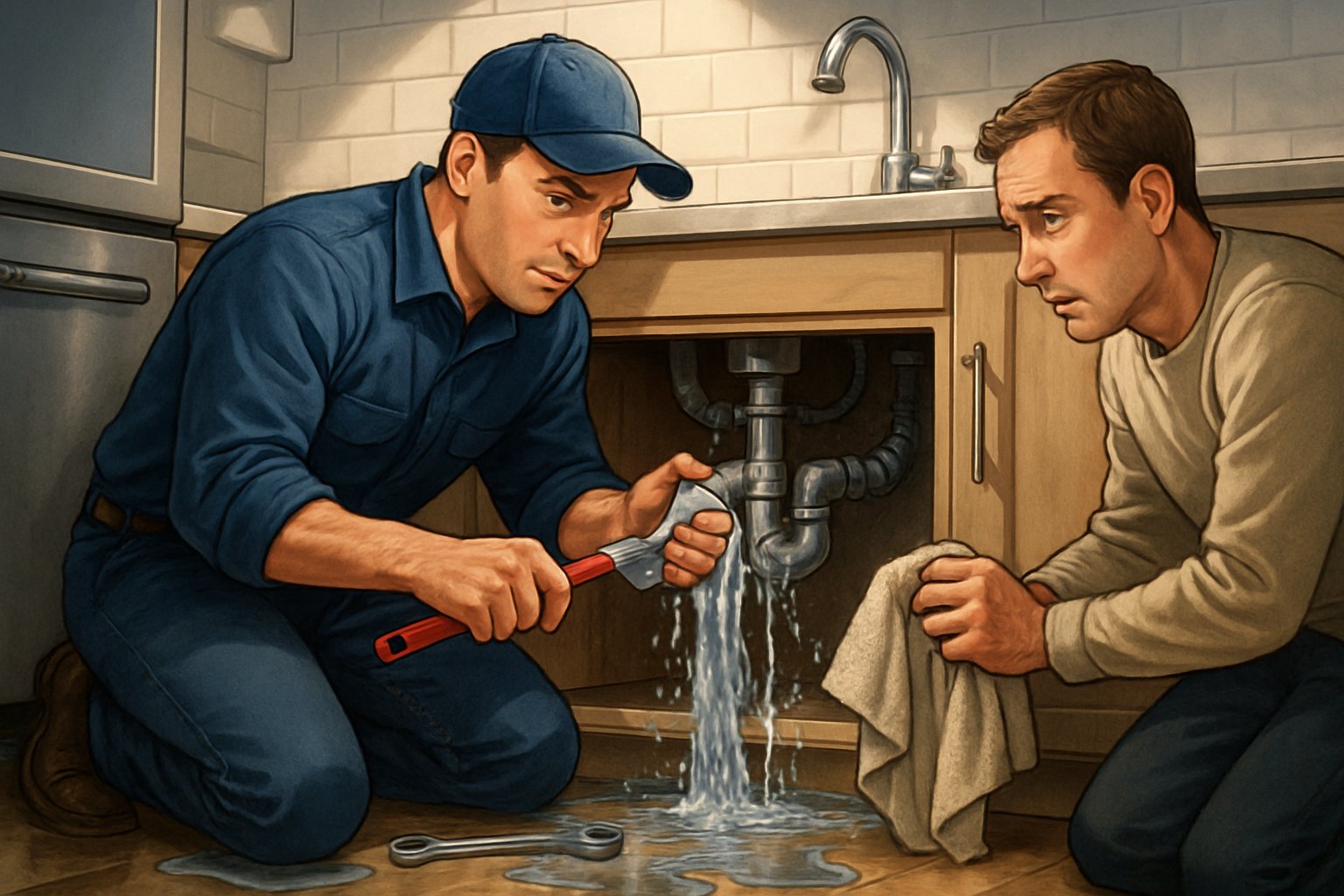
Acting fast can save you a fortune in water damage and help protect the stuff you care about. Good cleanup also makes insurance claims way easier later.
Minimizing Water Damage Quickly
Turn off electricity anywhere there’s standing water. Don’t risk a shock—seriously.
Grab towels and buckets to catch drips from leaks. Put big containers under steady leaks to keep water from spreading.
Move furniture and electronics out of wet areas right away. Even a little water can ruin wood and fry electronics in no time.
Open windows and doors to get air moving. Better airflow helps water dry out and keeps mold from taking over.
Remove standing water with a wet vac if you have one. Otherwise, use towels and mops, starting at the edges and working in.
Protecting Belongings from Flooding
Lift stuff off the floor in rooms near leaks. Water has a sneaky way of spreading farther than you’d think.
Grab the important things first:
- Electronics and computers
- Photos and documents
- Jewelry, collectibles
- Clothes and anything fabric
Cover furniture with plastic or tarps if water’s still dripping from above. It’s a quick fix but might save your couch.
Check nearby rooms—water can travel under floors and through walls. Don’t just look where the leak started.
Move items to higher ground—tables, counters, upstairs, whatever works. Even a few inches can make a huge difference.
Safe Cleanup and Documentation for Insurance
Take photos of all the damage before you start cleaning. Insurance companies love having proof.
Write down everything:
- When the emergency started
- Where the water went
- What got damaged
- What you did to stop the problem
Wear gloves and boots when cleaning up. You don’t want to touch contaminated water with bare hands.
Pull out wet stuff like rugs, carpets, and ruined drywall within a day or two. Mold can set in fast if you leave it.
Keep all your receipts for supplies and cleanup costs. Insurance might reimburse you.
Call your insurance company as soon as you can. Most have 24-hour lines for water damage claims.
Temporary Solutions Before Professional Help Arrives
Quick fixes can help prevent water damage and buy a bit of time until a plumber shows up. Simple stuff like plumber’s tape, buckets, and a plunger can work wonders for minor issues.
Containing Small Leaks and Drips
When you spot a small leak, act fast to keep water damage at bay. Shut off the water supply to that area first—it’s usually under the sink or behind the toilet.
Set a bucket or big container under the leak to catch drips. Don’t forget to empty the bucket before it overflows.
Grab some towels or rags to soak up water around the leak. This keeps the floor dry and helps avoid slips.
If the leak’s coming from a pipe joint, wrap it tightly with a dry cloth. That extra pressure can slow things down a bit.
Move any furniture or belongings out of the way. Water can ruin wood, fabric, and electronics in no time.
Check back every few minutes to see if the leak’s getting worse. If water flow picks up, your quick fix might not be cutting it.
Using Plumber’s Tape, Buckets, and Towels
Plumber’s tape is a lifesaver for small pipe leaks and loose fittings. Wrap it around the leak spot a few times—tight is best.
Start wrapping below the leak and work your way up. Pull the tape snug to seal it well.
For bigger leaks, use plumber’s tape and a rubber patch or even a cloth. Press the patch over the leak, then wrap tape around the whole thing.
Buckets have more uses than you’d think during plumbing trouble. Catch drips, store water, or just keep them handy for cleanup.
Keep a stack of towels nearby for quick mopping. Dry towels will always soak up more than soggy ones.
Switch out wet towels for fresh ones often. Leaving wet towels on the floor can actually make things worse.
Essential Tools: Plunger and Drain Snake
A plunger can clear most clogged drains and toilets fast. It’s smart to have both a cup plunger and a flange plunger around.
Use a flange plunger for toilets—the extra rubber bit helps seal the bowl better. For sinks and tubs, stick with a flat-bottomed cup plunger.
Cover the drain fully and push down hard. Plunge quickly and pull up sharply to create suction and bust up clogs.
If that doesn’t work, grab a drain snake. Feed it into the drain and turn the handle clockwise.
When you feel resistance, you’ve probably hit the clog. Keep twisting and pushing until you break through.
Avoiding Common DIY Mistakes
When water starts pouring in, it’s tempting to try a quick fix. But sometimes, those fixes just make things worse—especially if you reach for chemical products or try the wrong repair.
Why to Avoid Chemical Drain Cleaners
Chemical drain cleaners can do more harm than good. They’re loaded with harsh acids that slowly eat away at your pipes.
Common problems with drain chemicals:
- Corrode metal pipes
- Damage PVC and plastic pipes
- Release toxic fumes if mixed with other chemicals
- Rarely solve the real blockage problem
These chemicals just sit in the pipes, causing more damage even after you use them. They can also react with other cleaning products in the drain—never a good combo.
Most clogged drains need the actual blockage removed. Chemicals usually just push the problem deeper. A plumber can clear drains safely without wrecking your pipes.
Dangers of Improper Repairs
Trying to fix pipes without knowing what you’re doing can create bigger messes. Wrong repairs often end up costing more and causing more water damage.
Risky DIY repair attempts:
- Over-tightening pipe connections and cracking fittings
- Using the wrong materials that don’t seal right
- Taking apart pipes without knowing how to put them back
- Pushing objects down drains to clear clogs
People often use too much force when working with pipes. That just breaks connections and starts new leaks. Using regular tape instead of plumber’s tape? That’s a recipe for failure.
When to Leave It to the Professionals
Some plumbing problems are just too risky for homeowners. Professional plumbers have the right tools and know-how for emergencies.
Always call a plumber for:
- Gas line leaks near water heaters
- Sewage backups
- Burst pipes behind walls
- Water heater malfunctions
These situations can cause injuries or major damage. Plumbers know how to work safely around electricity and gas lines.
They’ve got special gear to find hidden leaks and clear stubborn blockages. Most emergency plumbing companies are available 24/7 for urgent problems.
Aftermath and Preventing Future Plumbing Emergencies
Once the crisis passes, cleanup and prevention matter more than you’d think. Acting fast prevents mold, and regular maintenance keeps future emergencies at bay.
Cleaning Up and Drying the Area to Prevent Mold
Get rid of water right away—ideally in the first 24-48 hours. Standing water is a mold magnet.
Use a wet/dry vacuum, mops, and towels to soak up every bit you can see. Focus on floors, carpets, and anything that’s soaked up moisture.
Open windows and run fans to move air around. Set fans to blow across wet spots and out of the room if you can.
Run a dehumidifier to pull moisture from the air. Keep humidity under 50% to stop mold from growing.
Get rid of anything that won’t dry out completely. This means:
- Soaked carpets and padding
- Wet drywall or insulation
- Damaged wood floors
Disinfect every affected surface with a bleach mix. Try one cup of bleach to a gallon of water for hard surfaces.
Keep an eye on the area for 72 hours. Watch for musty smells or mold spots—those mean it’s not fully dry yet.
When to Call for Water Damage Restoration
If water covers more than 10 square feet, call the pros right away. Big messes need special equipment to dry out properly.
Category 2 or 3 water damage always requires professional help. This includes:
- Toilet overflows with waste
- Sewer backups
- Flooding from outside
Call restoration services if water reached any outlets or appliances. They’ll know how to handle it safely.
Signs of structural damage mean you need help fast:
- Sagging ceilings or walls
- Warped floors
- Cracks in walls or the foundation
Call within 24 hours for insurance. Most policies want quick notice for water damage claims.
Restoration companies have heavy-duty fans, dehumidifiers, and moisture meters. They’ll find hidden wet spots that could turn into mold later.
Regular Maintenance and Emergency Preparedness Tips
Monthly checks stop most plumbing emergencies before they start. Look under sinks, around toilets, and near water heaters for any leaks.
Test your main water shut-off valve twice a year. Turn it off and back on to make sure it works when you need it.
Seasonal maintenance:
| Season | Tasks |
|---|---|
| Winter | Insulate exposed pipes, disconnect garden hoses |
| Spring | Check for freeze damage, test sump pumps |
| Summer | Inspect outdoor faucets and sprinkler systems |
| Fall | Clean gutters, check water heater |
Keep these emergency supplies handy:
- Flashlight and batteries
- Pipe repair clamps
- Duct tape and plastic sheeting
- Bucket and towels
Set up annual plumbing inspections for a full system check. Plumbers can spot issues before they turn into disasters.
Know where every shut-off valve is. Each toilet, sink, and appliance should have its own water control valve.
Install water leak detectors near water heaters, washers, and sump pumps. They’ll alert you right away if there’s trouble.
Frequently Asked Questions
Plumbing disasters are stressful, and everyone wants answers fast. Here are some common questions about what to do, how to limit damage, and how to get ready for the next emergency.
What steps should I take immediately in a plumbing emergency?
First, try to stay calm and get a handle on what’s going on. Find where the water’s coming from and see if it’s spreading.
Shut off the water supply right away. For toilets, twist the valve behind it clockwise. For sinks, turn off both hot and cold valves underneath.
If water’s near outlets or appliances, cut the power at the breaker. Never touch wet electronics or wires—it’s just not worth the risk.
Open all faucets and flush toilets to drain leftover water from the pipes. That’ll take the pressure off and slow down leaks.
Call emergency plumbing services as soon as you can. The sooner they get there, the less damage you’ll have to deal with.
Can I minimize damage while waiting for professional help?
Absolutely. Move furniture, electronics, and valuables out of the way as fast as possible.
Sop up standing water with towels, mops, or buckets. Put containers under any active leaks to catch drips.
For small leaks, wrap plumber’s tape or cloth around the spot. Tighten loose fittings gently with a wrench if you feel comfortable.
Open windows or fire up some fans to get air moving. It’ll help dry things out and keep mold from starting.
Take photos of the mess for insurance. Snap a few pictures before you start cleaning up.
What are the signs that I need an emergency plumber?
Burst pipes are a red flag—call a pro if you see water spraying from walls, ceilings, or pipes.
Sewage backups are dangerous. If you see dirty water coming up through drains or toilets, get help right away.
No water anywhere in the house usually means a main line problem. That’s not a DIY fix.
Water near electrical stuff is a major hazard. Let professionals handle it to avoid shocks.
Any flooding from plumbing needs quick attention. Even a little water can cause big problems fast.
If you smell gas near a water heater, leave the house and call for help. Don’t take chances with gas leaks.
How should I prepare my home for the plumber’s arrival?
Clear a path to the problem area. Move furniture, boxes, or anything else that could get in the way.
Find and test your main water shut-off valve before you need it. Make sure everyone in the house knows where it is.
Gather info about your plumbing system if you have it. Jot down pipe ages, recent repairs, or any recurring issues.
Turn on lights in work areas. If the power’s out, have flashlights handy for the plumber.
Put pets in another room. It keeps them safe and out of the plumber’s way.
Have your insurance info ready. Some emergency repairs might be covered.
What items should I have on hand for plumbing emergencies?
Keep an adjustable wrench in an easy spot for shutting off valves or tightening fittings.
Have plumber’s tape ready for quick leak repairs. It’s super handy for small leaks in joints.
Old towels and rags are a must. They soak up water fast and can block small leaks for a bit.
Keep buckets around for catching drips or hauling wet stuff. Plastic containers work too.
Stock a few pairs of rubber gloves. They’ll protect your hands from dirty water and sharp edges.
A flashlight with extra batteries is key. Power outages often go hand-in-hand with water problems.
Don’t forget a basic plunger for toilets and sinks. Make sure it fits your fixtures.
Is there anything I should avoid doing in a plumbing crisis?
Don’t ignore plumbing issues, even if they seem tiny. A little leak can turn into a huge mess before you know it.
Skip the chemical drain cleaners, especially in an emergency. They often do more harm than good, and you might just make the clog nastier.
If the repair looks complicated, it’s better not to try it yourself. Sure, a quick fix might help, but leave the real work to a licensed plumber.
Call for help right away. Waiting usually means you’ll pay more in the end, and nobody wants that.
Stay clear of sewage or any gross, dirty water. That’s a health hazard you definitely don’t want to mess with—let the pros handle it.
Keep electrical stuff far from standing water. Mixing the two can be deadly, and it’s not worth the risk.
Don’t pour grease or oil down the drain, whether it’s during a crisis or after. That just adds to your plumbing headaches.
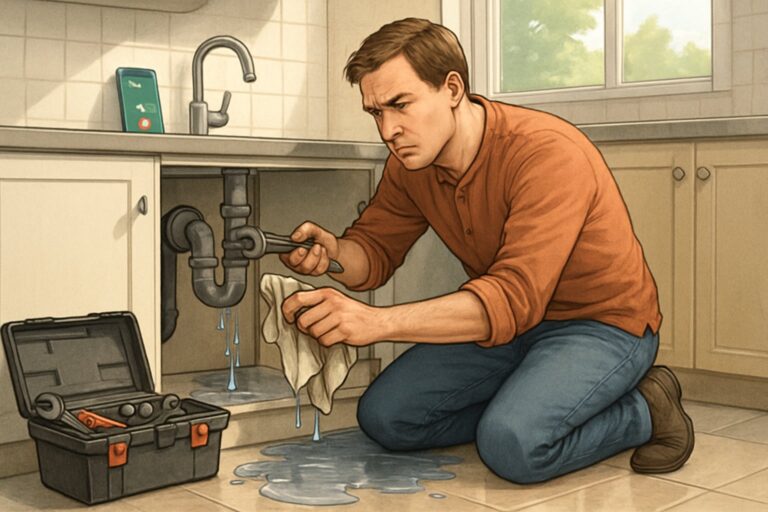
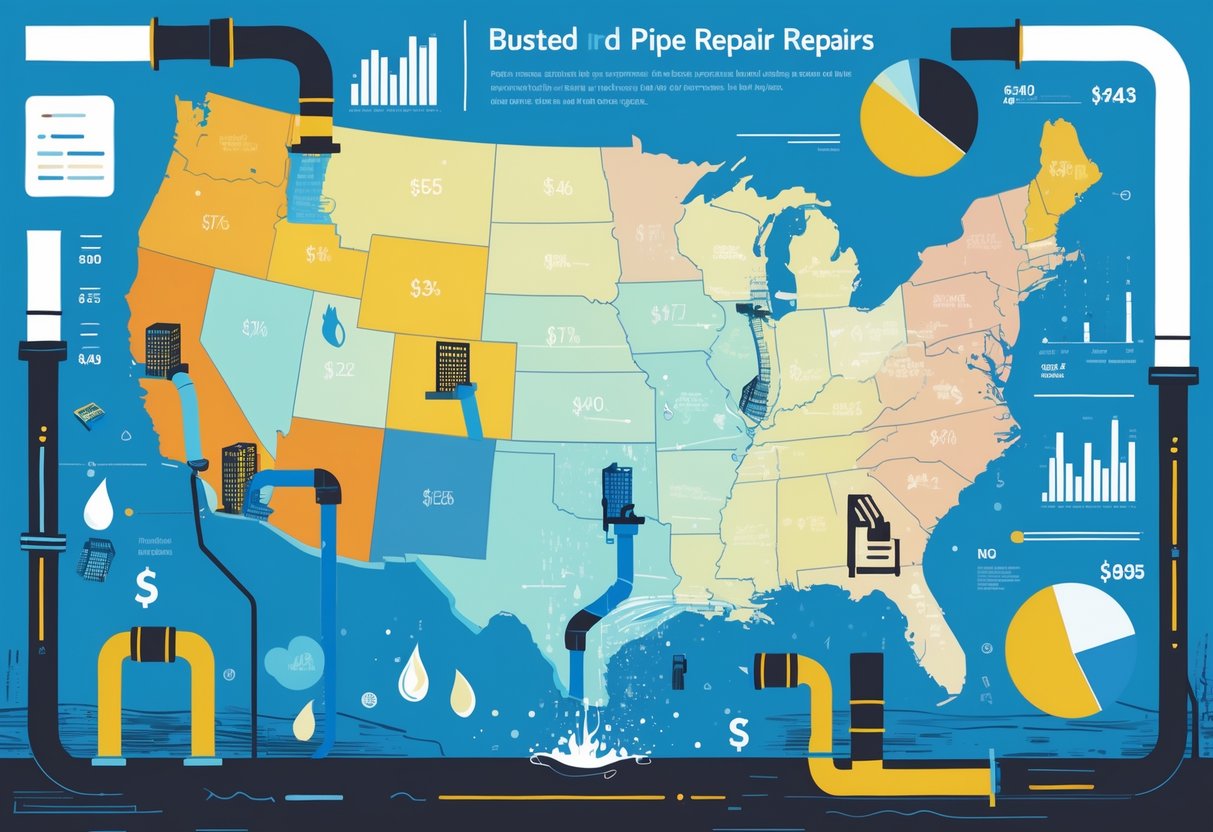
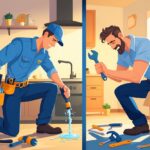

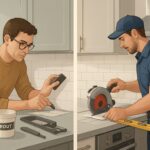
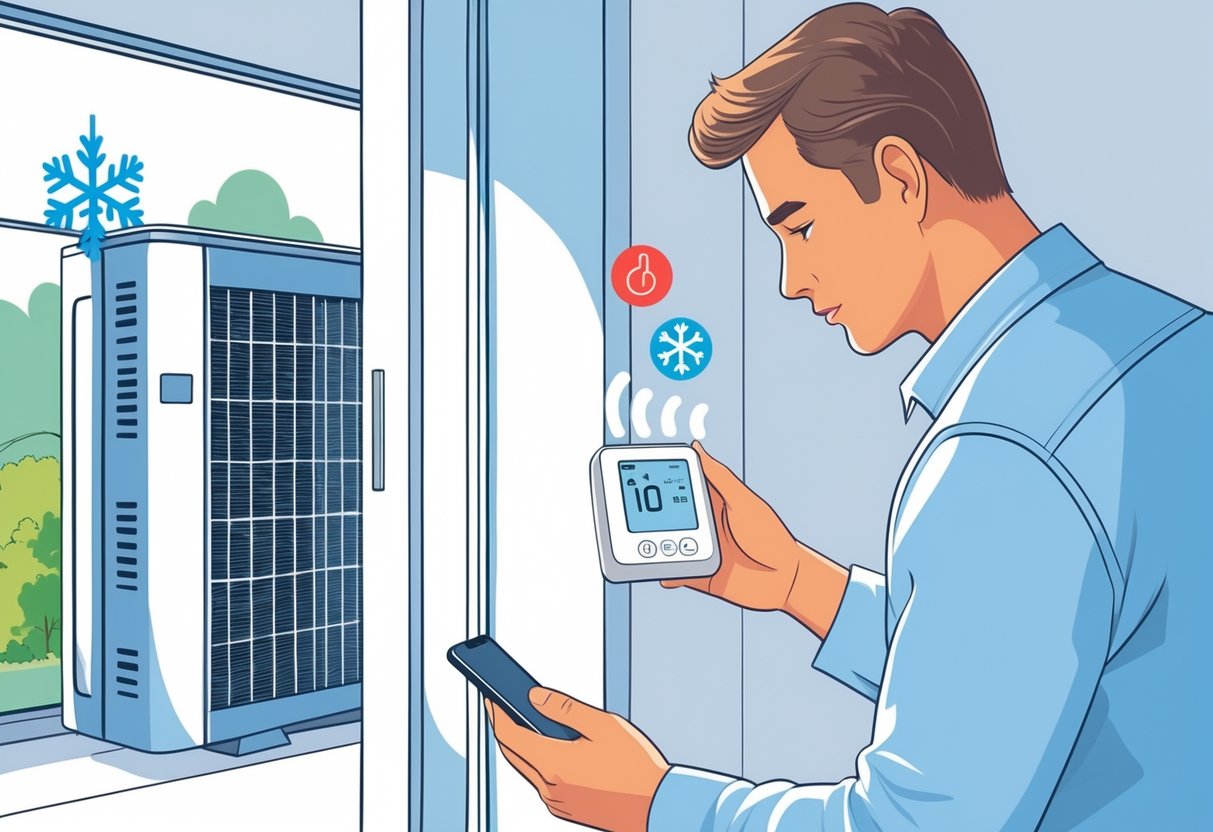

Leave a Reply